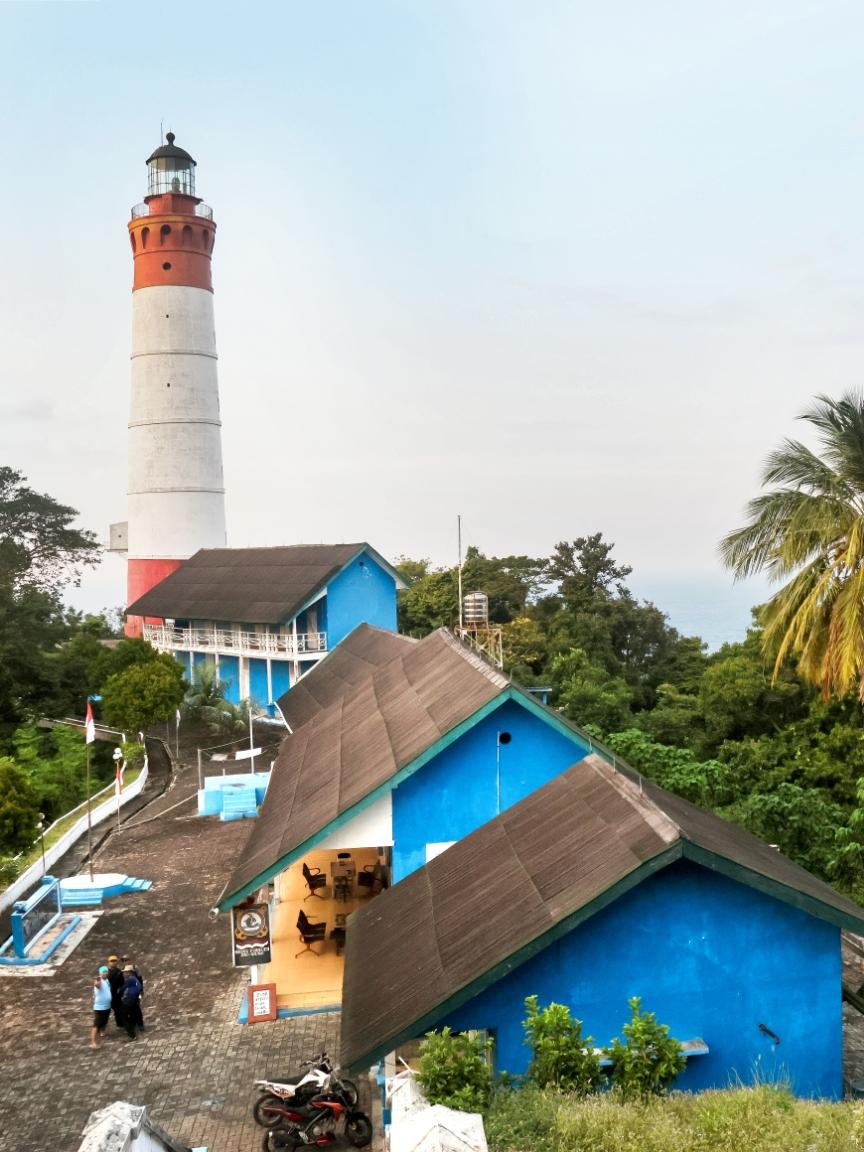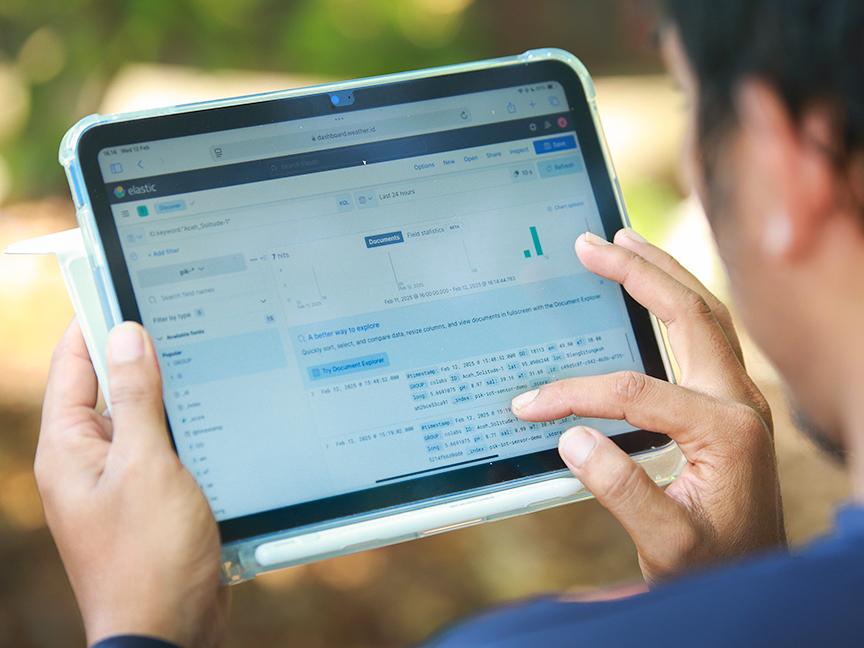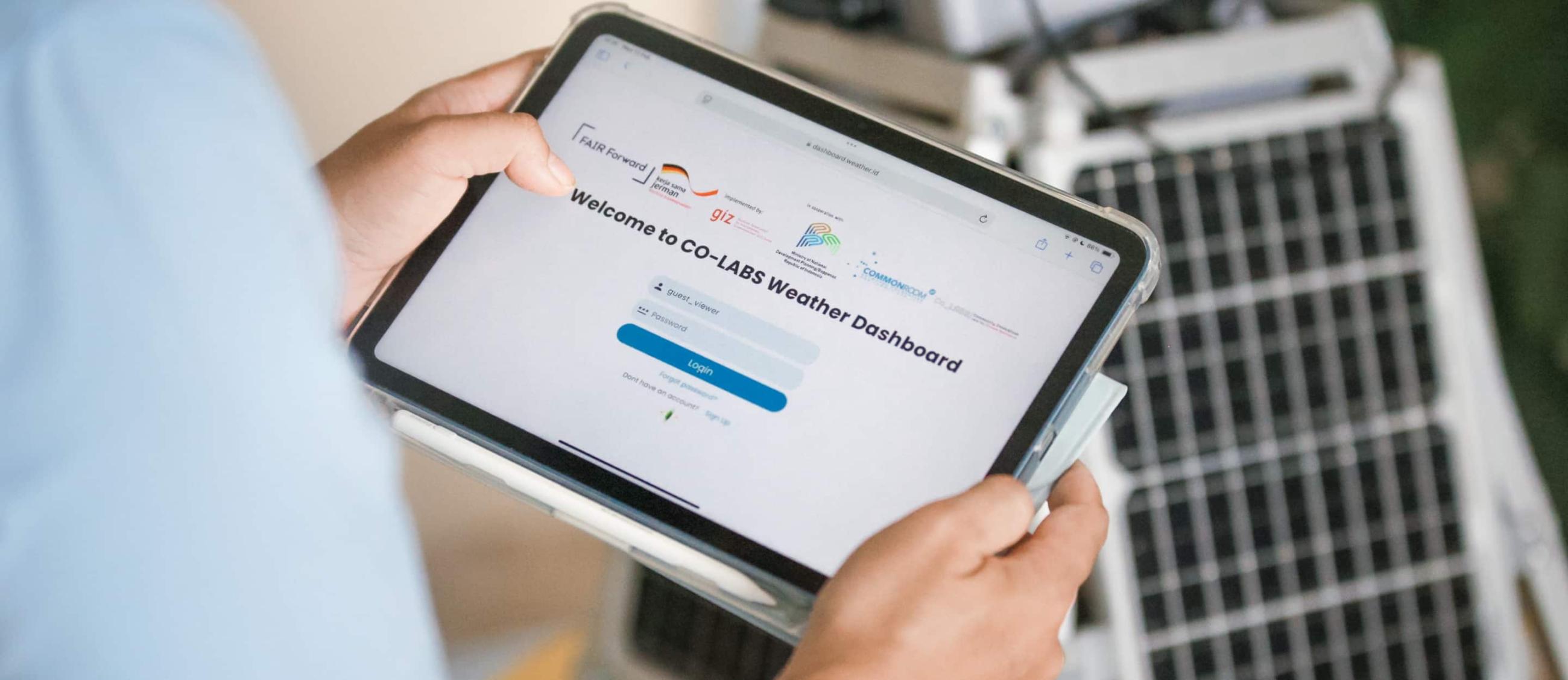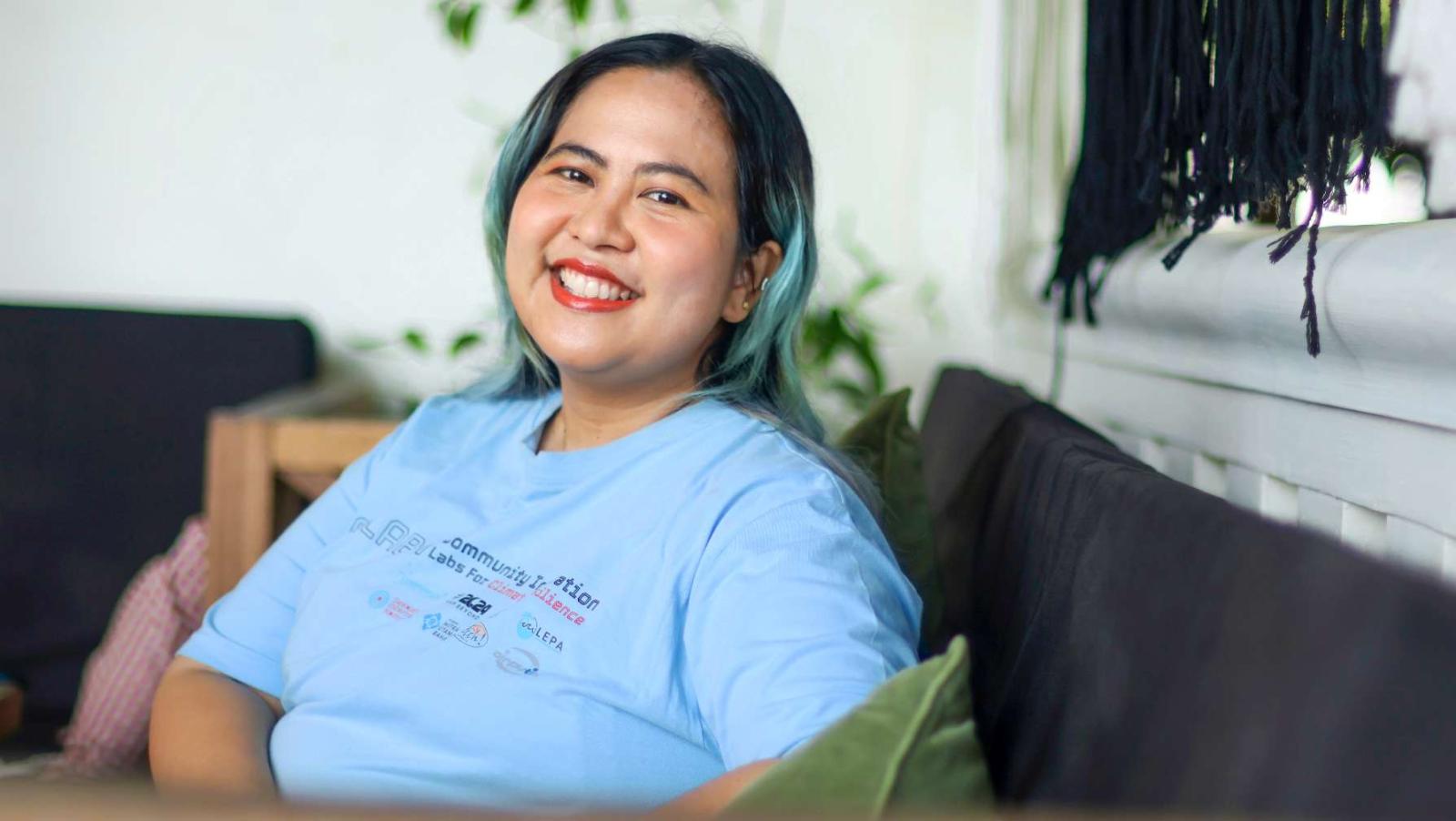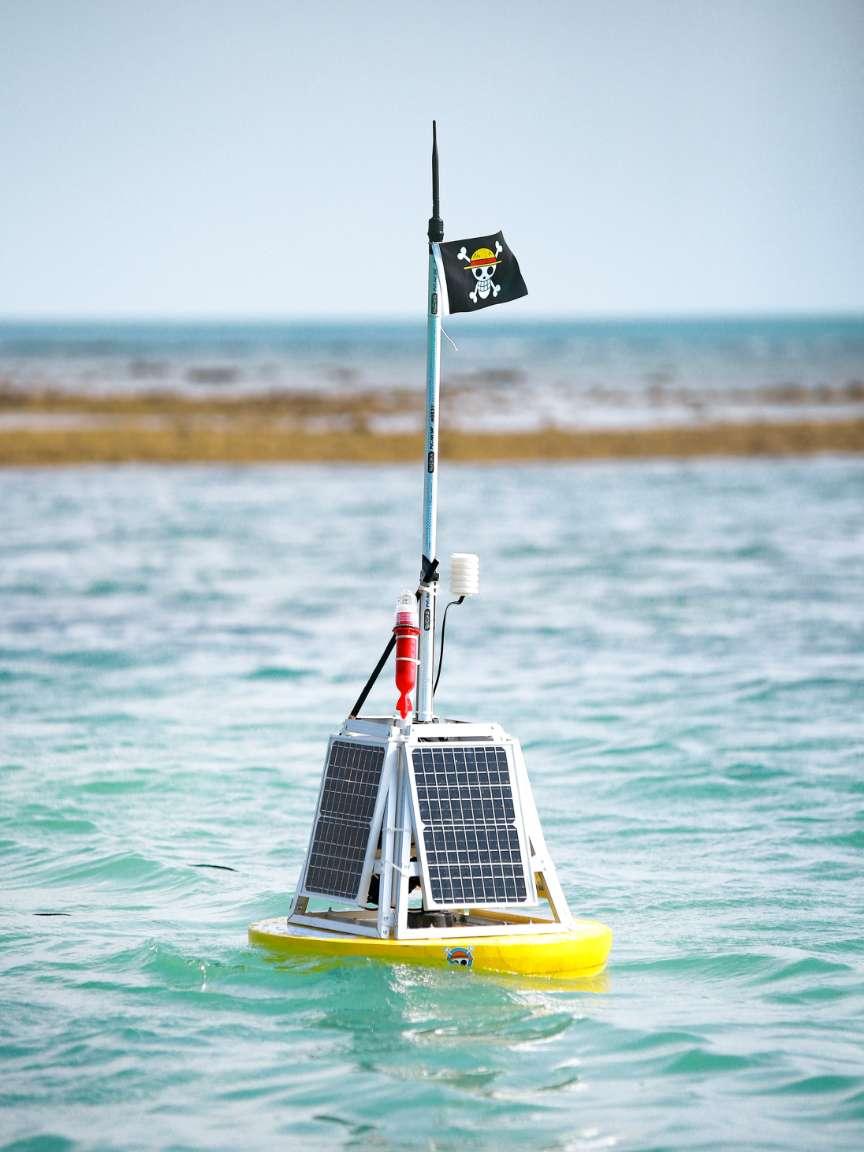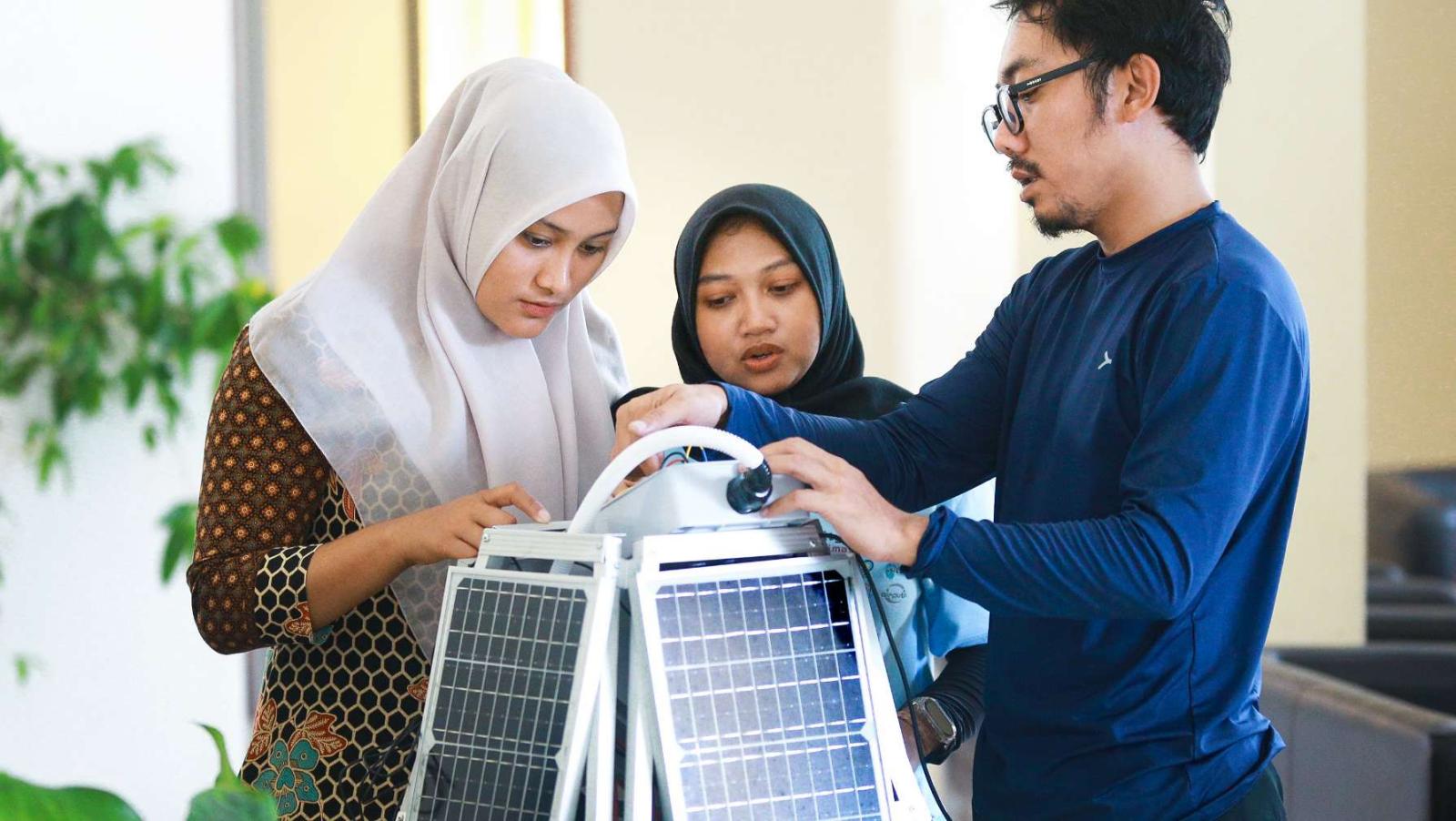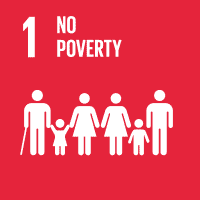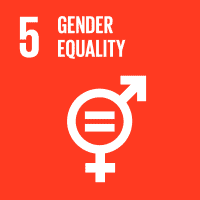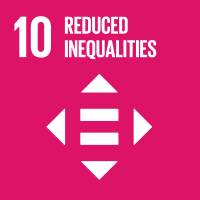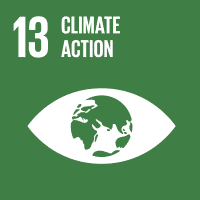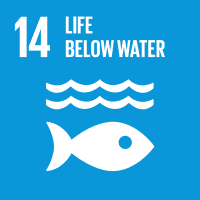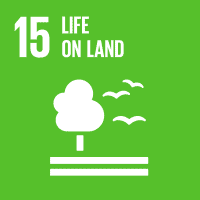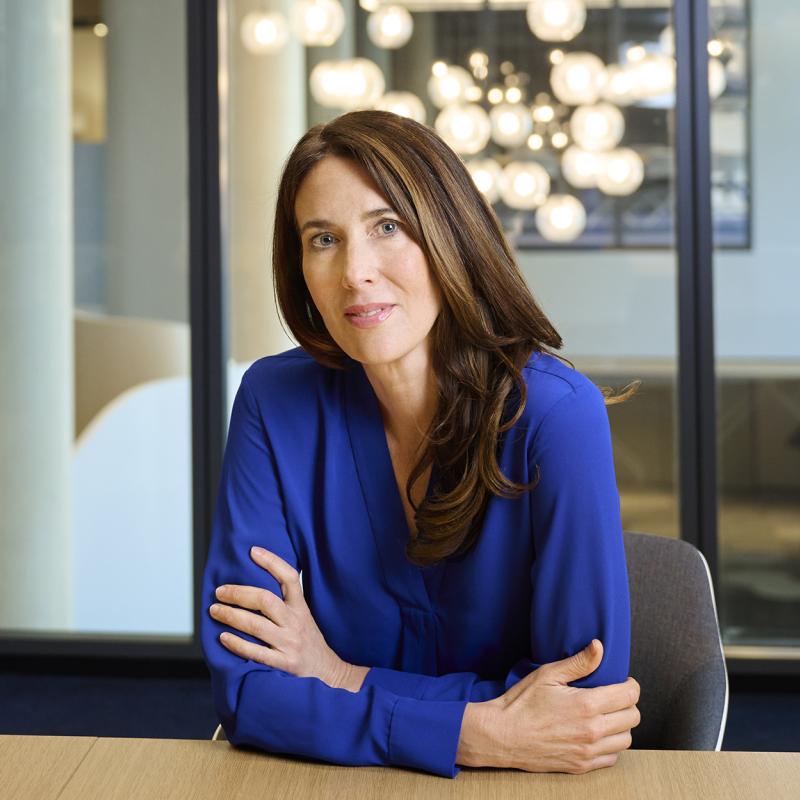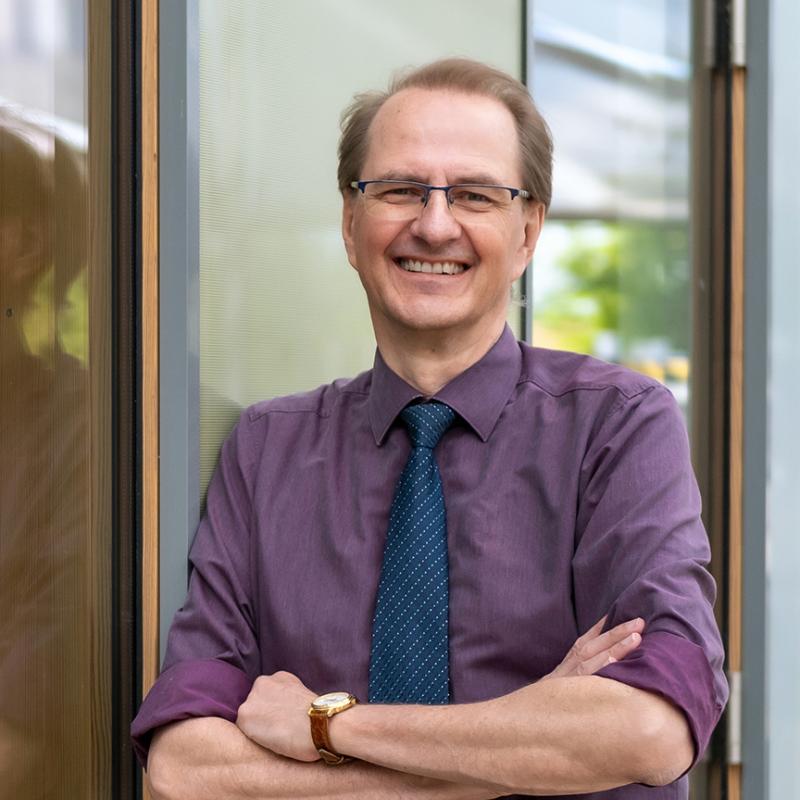The pilot project in Pulo Aceh is part of the FAIR Forward – Artificial Intelligence for All initiative, which works with the partner countries of Ghana, India, Indonesia, Kenya, Rwanda, South Africa and Uganda. The initiative provides access to training data and AI technology to support local innovation, develop local digital skills and create a policy environment for values-based AI and improved data protection. The work in this remote coastal region of Indonesia is an initial attempt to embed AI in the blue economy. Energy-efficient AI models and networked sensors are being used to create sustainable digital solutions that are directly customised to the needs of coastal communities.The project was initiated following a request by Indonesia’s National Development Planning Agency to develop AI solutions for coastal areas.
FAIR Forward is implemented by GIZ on behalf of the German Federal Ministry for Economic Cooperation and Development.

